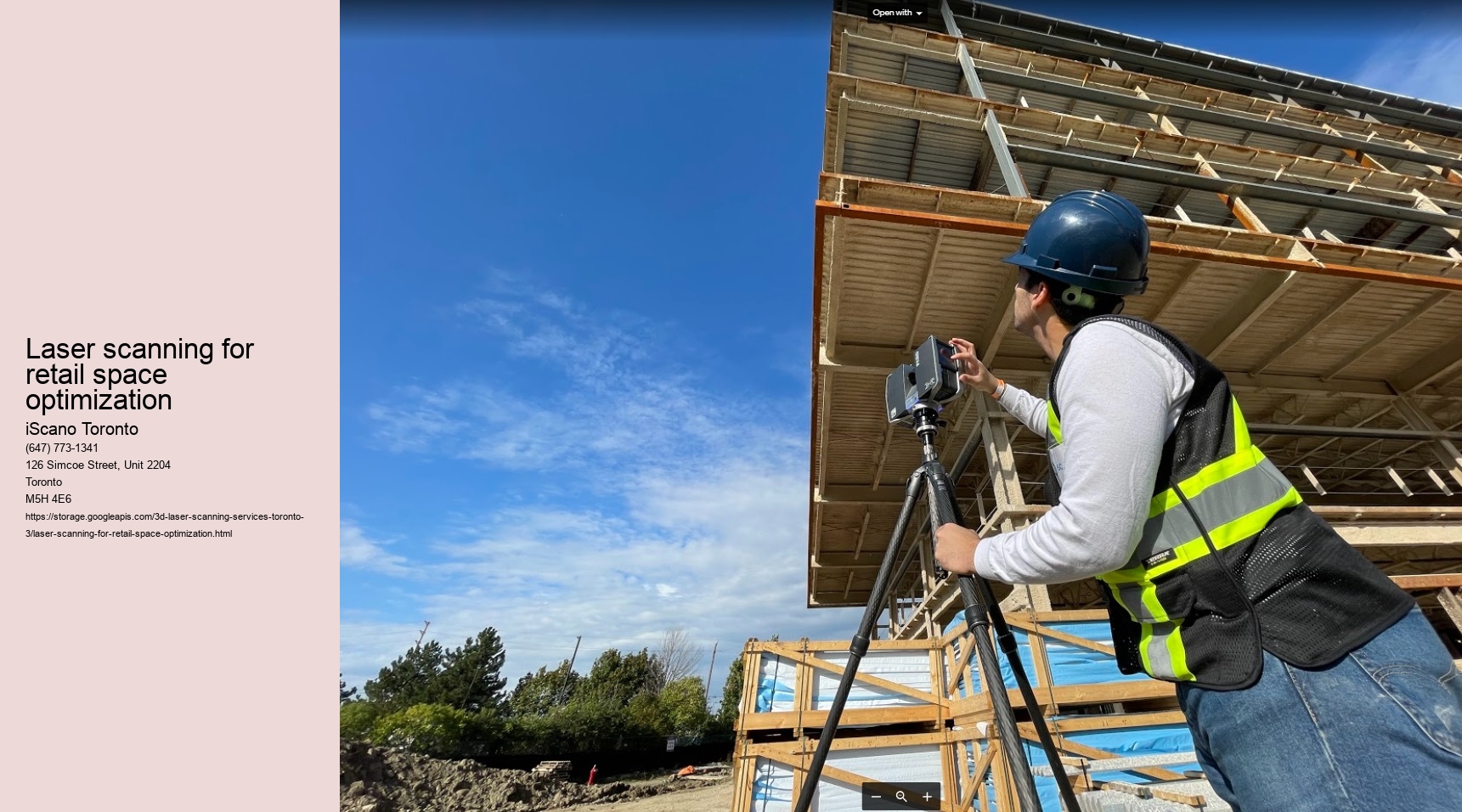Navigating the Future: Just How 3D Laser Scanning Services Are Transforming Industries
Wildlife conservation using 3D laser scanning .Introduction
In the realm of technological advancement, few advancements have actually been as transformative as 3D laser scanning services. These cutting-edge tools have actually revolutionized markets by using unmatched precision, performance, and convenience. From design to archaeology, from manufacturing to medication, the applications of 3D laser scanning are vast and consistently increasing. In this post, we delve into the ins and outs of this innovation and check out how it is reshaping the landscape of different sectors.
Comprehending 3D Laser Scanning
At its core, 3D laser scanning is a non-contact, non-destructive modern technology that catches the shape, size, and details of objects or settings by producing laser beam of lights. These beams jump off the surfaces they run into, and the scanner measures the moment it considers each beam to return, therefore producing a factor cloud—-- a collection of numerous data factors that represent the item'' s geometry in 3 dimensions.
The Advantages of 3D Laser Scanning
Among the key benefits of 3D laser scanning is its unequaled accuracy. Typical methods of dimension usually drop brief in capturing complex geometries or elaborate details, causing inaccuracies and ineffectiveness. With 3D laser scanning, nonetheless, also one of the most complex surfaces can be recorded with accuracy to the millimeter, making sure that every information is made up.
Furthermore, 3D laser scanning is unbelievably reliable. Unlike traditional evaluating methods that can be time-consuming and labor-intensive, laser scanning allows for quick information purchase. A solitary scan can catch millions of information points in a matter of minutes, substantially minimizing the time and sources required for data collection.
Another substantial advantage of 3D laser scanning is its non-destructive nature. Unlike physical measurements or intrusive examination techniques, laser scanning does not call for straight call with the things being checked, maintaining its integrity and decreasing the threat of damage.
Applications Across Industries
The convenience of 3D laser scanning has caused its extensive adoption throughout a myriad of sectors. In design and construction, as an example, laser scanning is utilized for as-built documentation, clash discovery, and building information modeling (BIM). By precisely recording existing conditions, engineers and engineers can simplify the design procedure, lessen errors, and lower expensive rework.
In the manufacturing market, 3D laser scanning plays a crucial function in quality assurance, reverse engineering, and fast prototyping. By specifically catching the measurements of parts and products, suppliers can recognize flaws, maximize manufacturing procedures, and bring products to market quicker.
The effect of 3D laser scanning prolongs past the world of industry and right into areas such as archaeology, forensics, and health care. Excavators make use of laser scanning to produce comprehensive 3D models of archaeological sites and artefacts, enabling digital preservation and analysis. In forensics, laser scanning is used to record criminal activity scenes, gather evidence, and reconstruct mishaps with unrivaled accuracy. In health care, 3D laser scanning makes it possible for custom-made prosthetics, orthotics, and implants tailored to the special anatomy of each patient.
Future Patterns and Developments
As innovation continues to development, the future of 3D laser scanning holds enormous assurance. One emerging fad is the combination of artificial intelligence (AI) and machine learning formulas right into scanning software program, making it possible for automated feature acknowledgment, data analysis, and modeling. This assimilation not only boosts the rate and precision of scanning processes however also opens up new possibilities for data-driven insights and decision-making.
In addition, advancements in hardware, such as the advancement of portable and mobile scanning devices, are making 3D laser scanning extra accessible and portable than ever. These compact and lightweight scanners empower users to capture information in remote or difficult environments, even more increasing the reach of this transformative technology.
Final thought
In conclusion, 3D laser scanning services are transforming markets around the world, supplying unparalleled precision, efficiency, and adaptability. From architecture to archaeology, from making to medication, the applications of 3D laser scanning are endless. As innovation continues to evolve, the future holds even better guarantee, with innovations such as AI assimilation and mobile scanning devices poised to further expand the capabilities of this transformative technology. In navigating the future, 3D laser scanning will most certainly remain to go to the center of technology, improving industries and driving development in the years to find.
